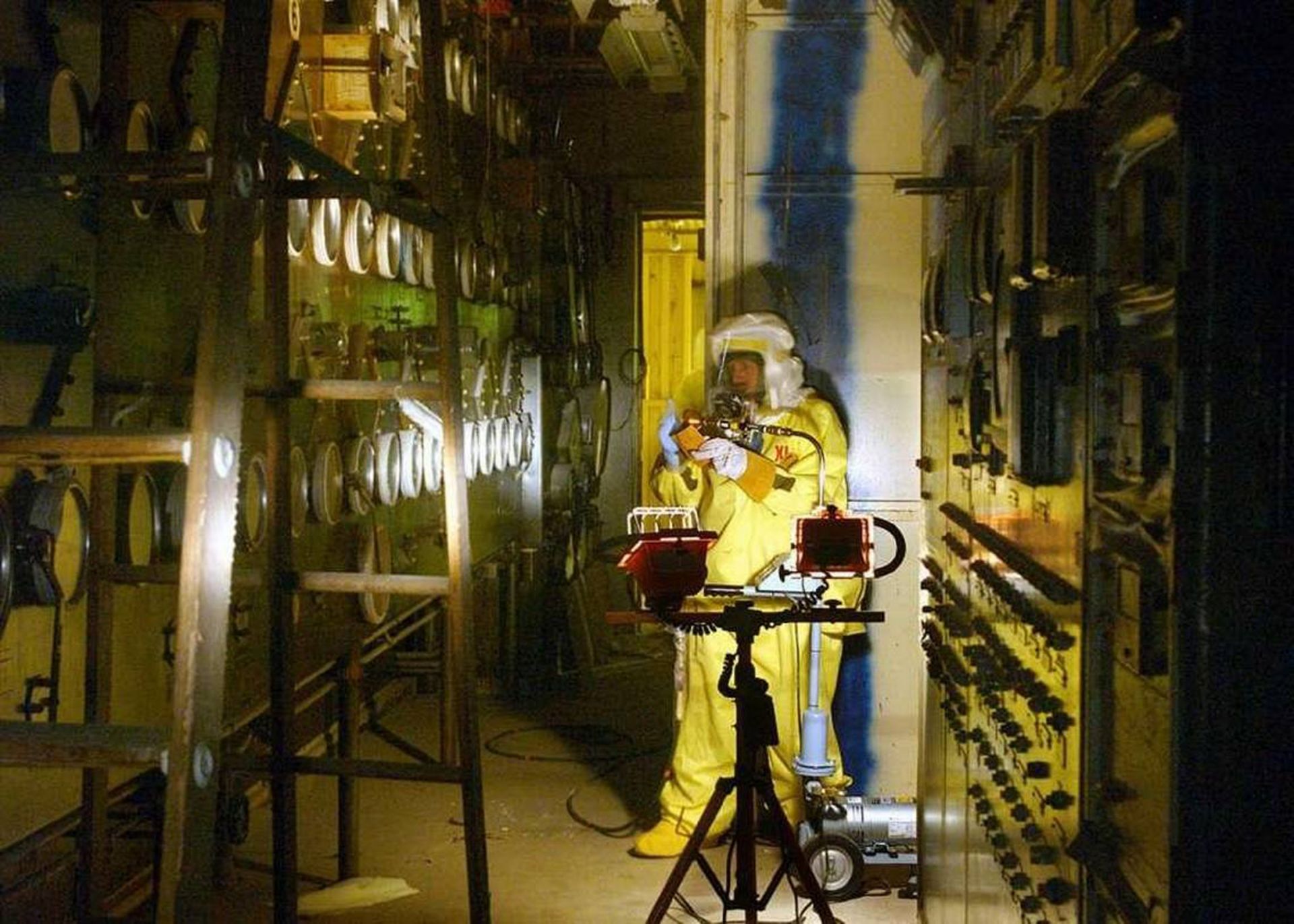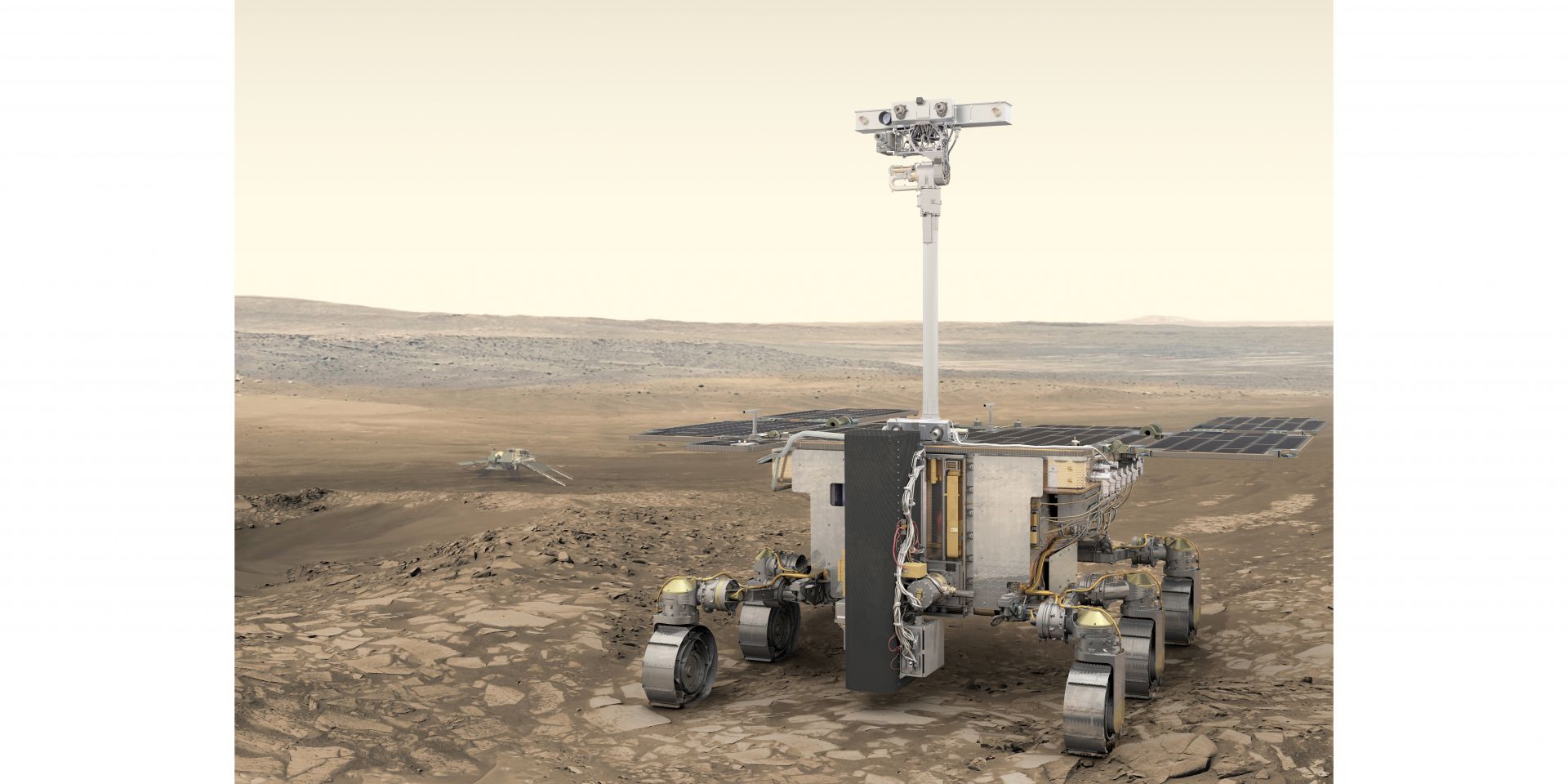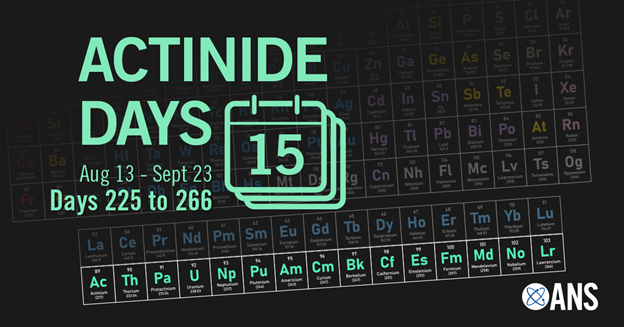The radiochemistry laboratory, nicknamed the McCluskey Room, in the Hanford Site’s Plutonium Finishing Plant is where Harold McCluskey was contaminated in 1976, and where workers reentered more than 40 years later to clean up the mess left over from that accident. Health physics technician Clay Rowan is shown here taking radiological measurements near racks of glove boxes similar to one that exploded onto McCluskey. (Photo: DOE)
In 1976 at the Hanford Site in Washington state, a 64-year-old chemical operations technician named Harold McCluskey was working on columns filled with special exchange resins in a glove box at the Plutonium Finishing Plant.
Concept art of ESA’s Rosalind Franklin rover. (Image: ESA/ATG medialab)
Europe’s first Mars rover—named Rosalind Franklin—was months away from a planned September launch when the European Space Agency (ESA) convened a meeting a few weeks after Russia’s February 2022 invasion of Ukraine. The ESA Council unanimously agreed on “the present impossibility” of working with Roscosmos as its launch partner and later decided to reboot its ExoMars mission with a new lander, new partners, and a new launch date.




